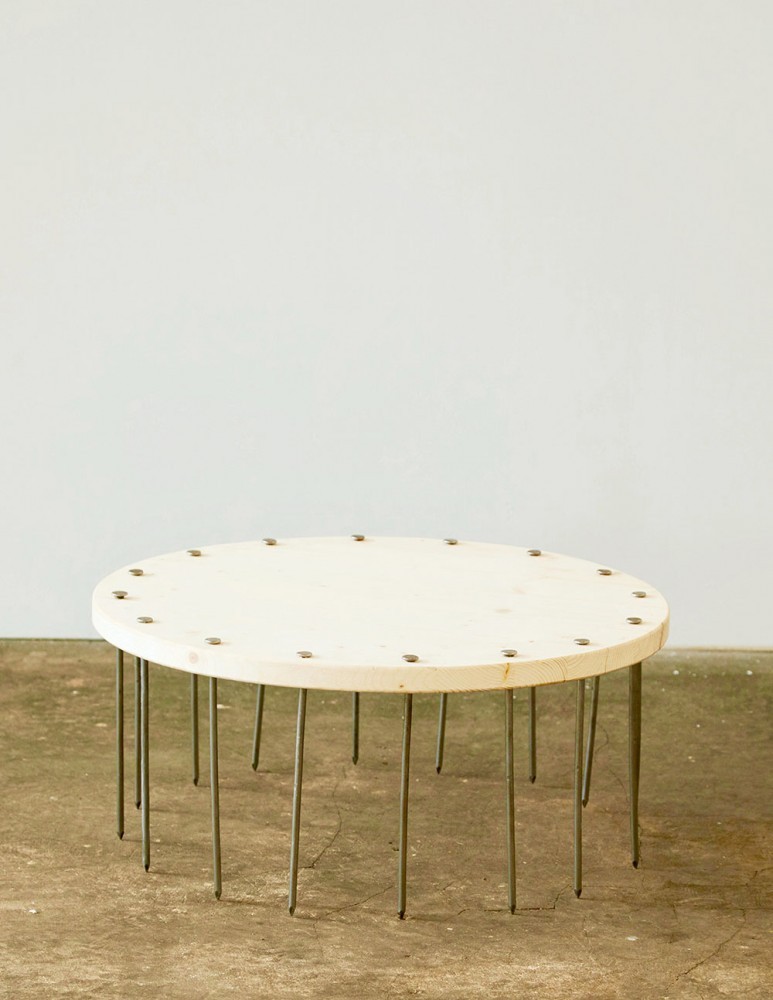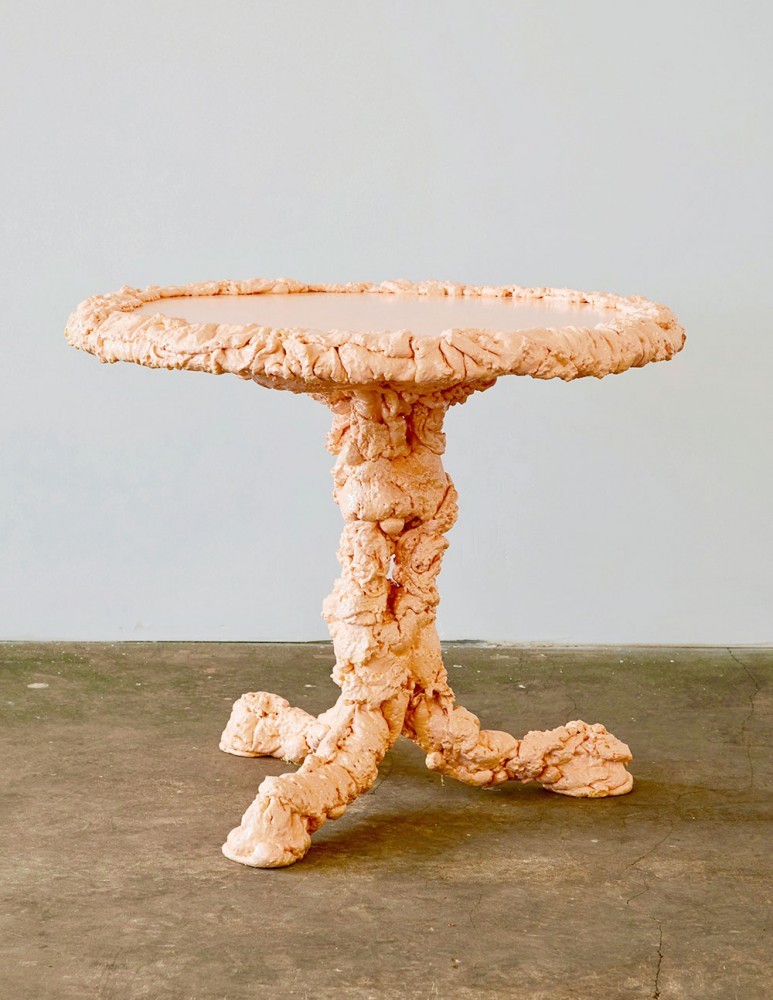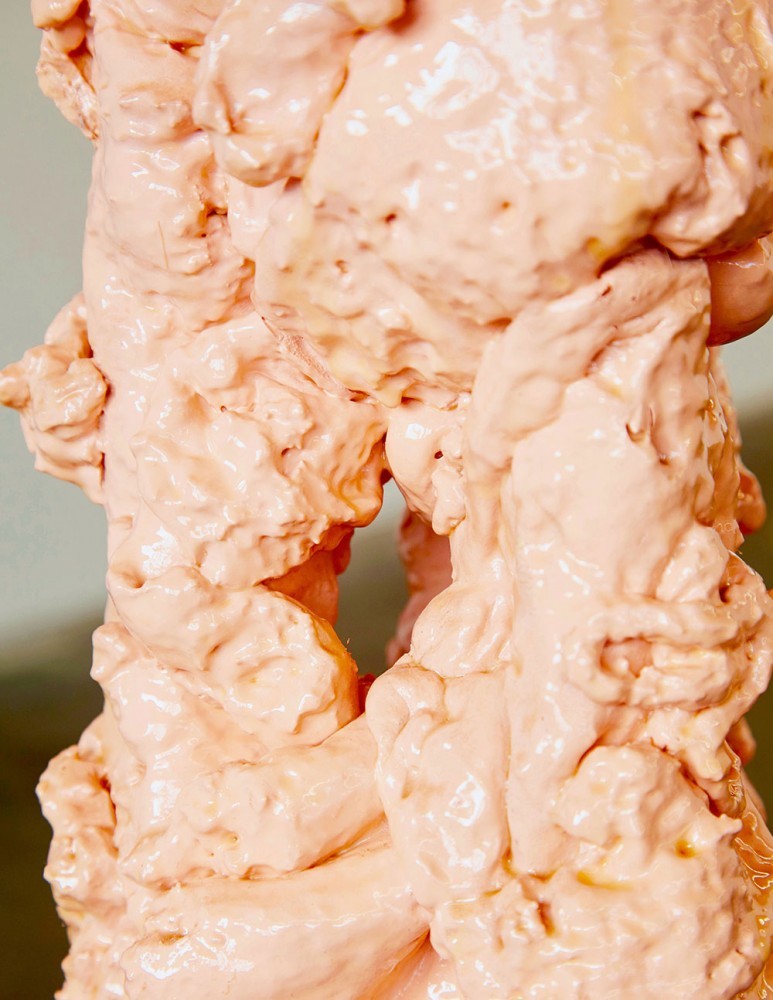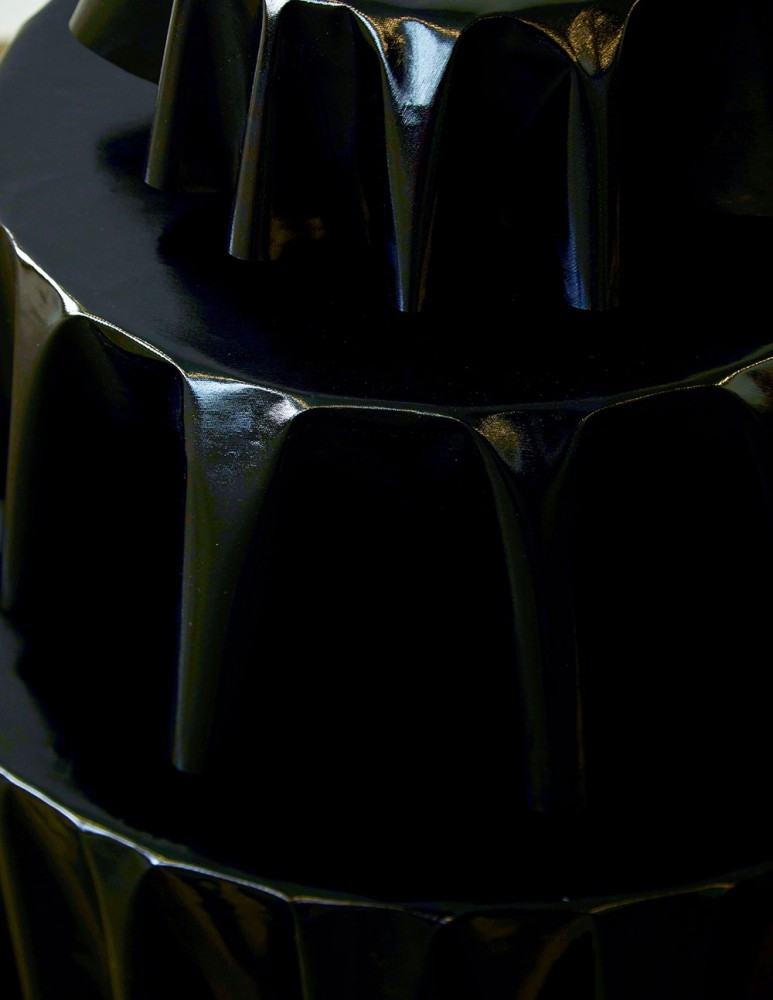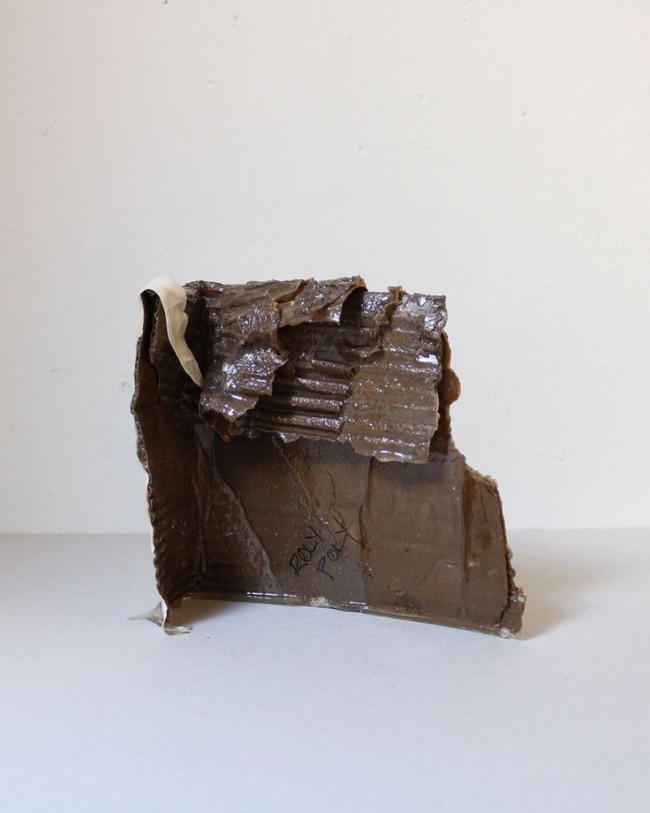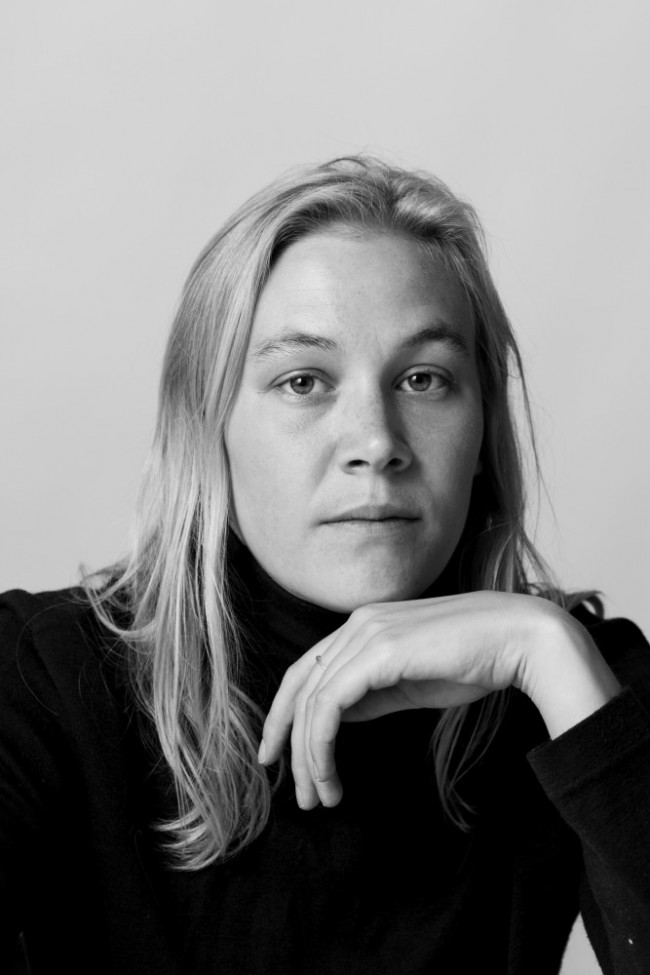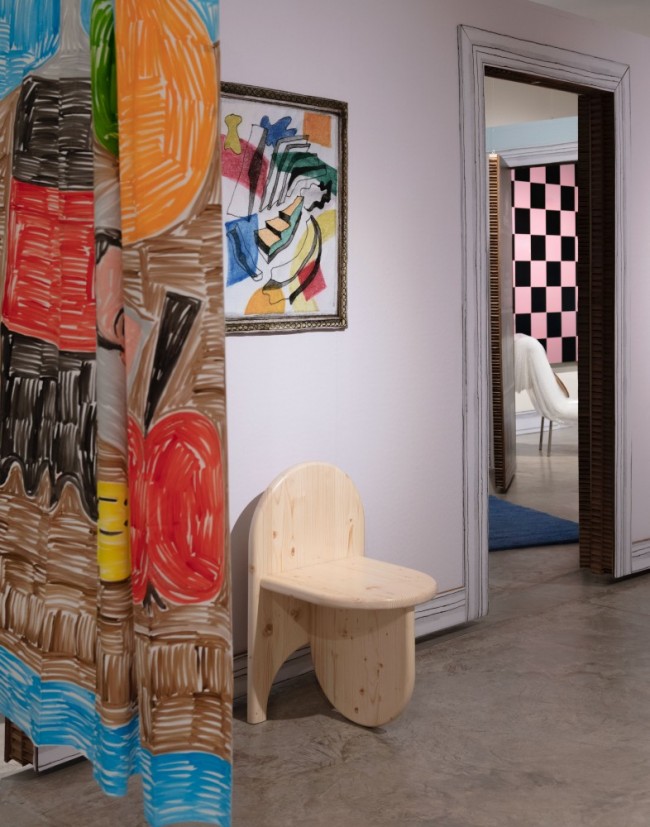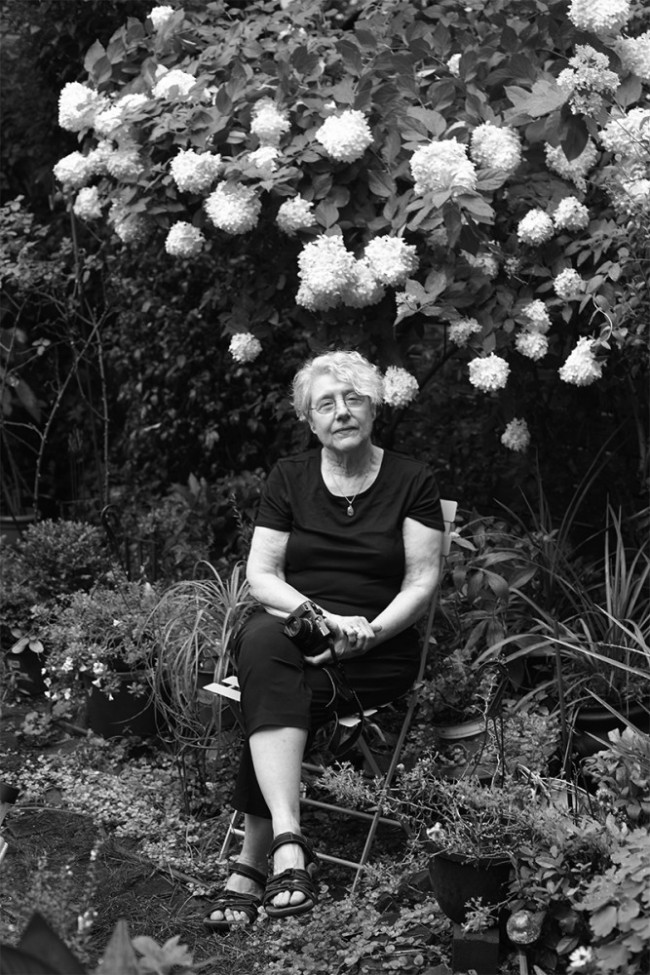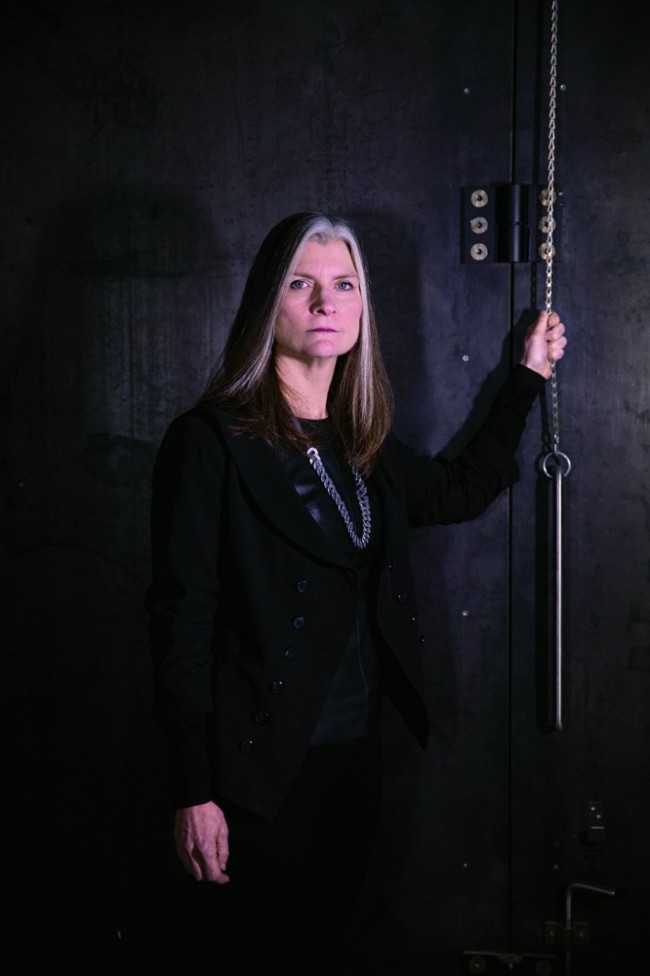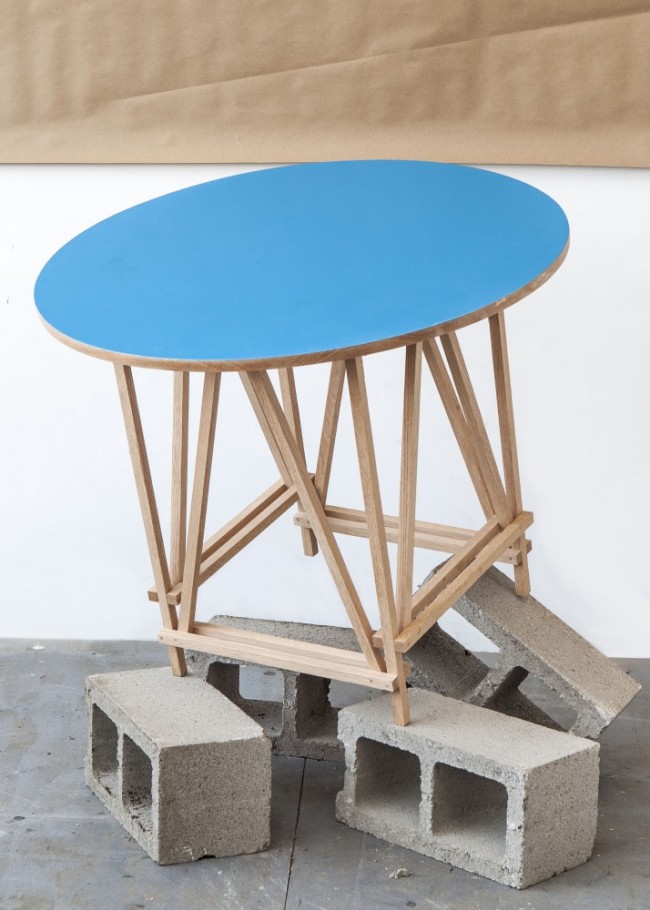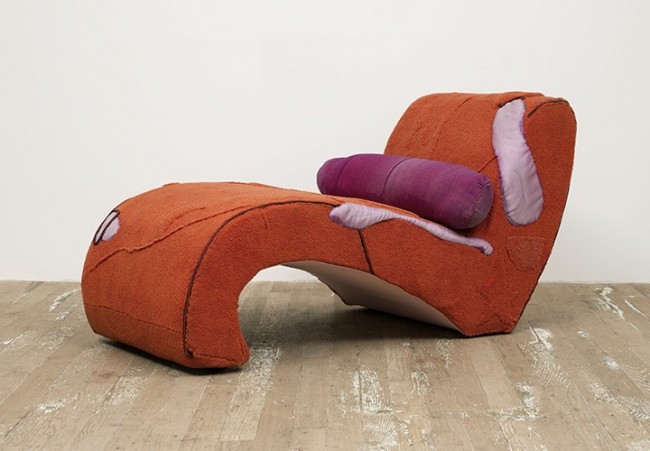TURNING TABLES: Filip Samuel Berg Honors Design’s Forgotten Typology
The chair is often presented as the apex of furniture design, as evidenced by a number of books devoted to the subject, such as Phaidon’s 500 Chairs That Matter. Comparably little critical attention has been paid to the table as a design typology of modern life. This is despite the ubiquity of the table around the world and its centrality in the social choreography of everyday life. Whether it’s used as a surface for eating (in groups or alone), as a site for Taylorist labor, or as a display device for domestic or religious artifacts, many of the most important social ceremonies are conducted at and around tables. We cook, grow up, work, play, marry, talk around tables. As Martha Rosler’s 1975 video Semiotics of the Kitchen reminds us, the 20th century woman’s struggle in large part starts around the kitchen table. Meanwhile Cameron Rowland’s more recent Attica Desk Series from 2016 quietly shows how tables are always imbued with heavy materialist and symbolic meaning as it relates to race, incarceration, and labor.
-
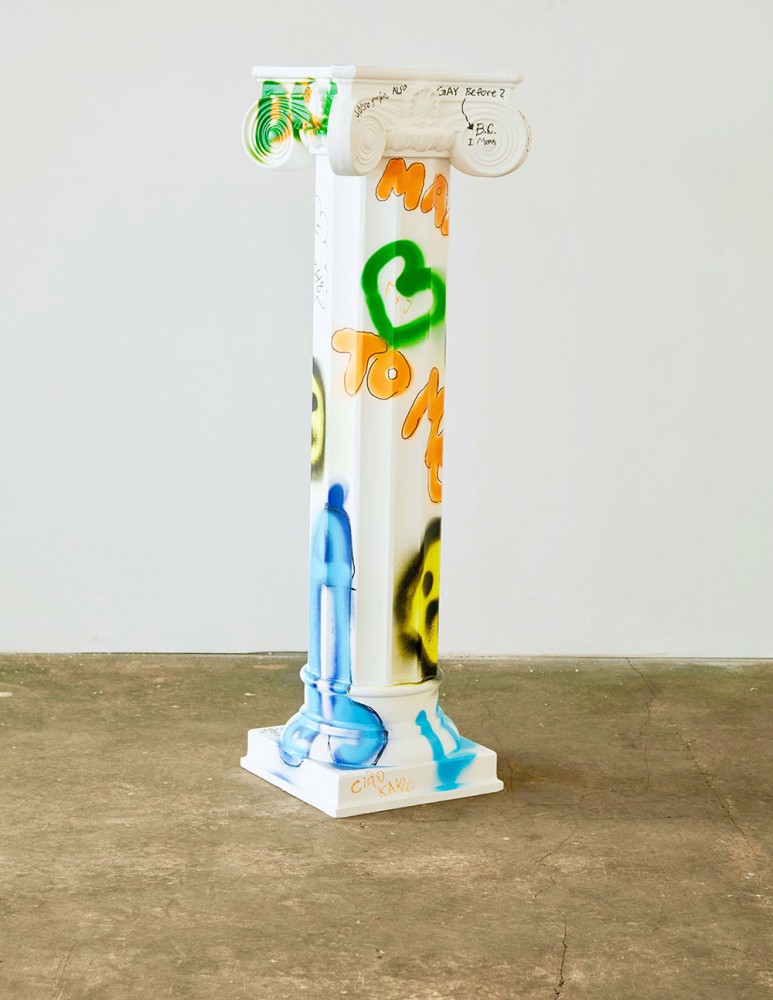
Filip Samuel Berg, Grafitti is an ancient artform (2018); Polystyrene, spray paint.
-

Filip Samuel Berg, Grafitti is an ancient artform (detail)(2018); Polystyrene, spray paint.
-

Filip Samuel Berg, Femme 4 Femme (2017); Quick grip clamps, glass, hand glass carving.
-

Filip Samuel Berg, Femme 4 Femme (detail) (2017); Quick grip clamps, glass, hand glass carving.
-

Filip Samuel Berg, HS Berlin (2018); Latex, wood, music (playing from within by Herrenscheide).
-

Filip Samuel Berg, HS Berlin (detail) 2018); Latex, wood, music (playing from within by Herrenscheide).
The heterogeneous, bewildering, and exciting world of tables is the starting point for a collection of furniture sculptures by the Danish artist and designer, Filip Samuel Berg. Conceived over the last couple of years, often in direct response to coincidental encounters with various table typologies in his everyday, the collection comprises 12 abstracted tables that each gesture to a particular historical theme or characteristic within table design. In DIY chabudai, for example, the short-legged Japanese table commonly used for dining, studying, or working, is reduced to its only definite feature: the height of 15 to 30 centimeters. In Trans Monopodium, Berg comments on the bizarre, bygone sexual politics of tables by reviving the Victorian tradition of “furniture dressing,” where it was customary to dress table legs in bespoke pieces of fabric as their shape was considered potentially arousing for men. In response to this practice, Berg fits a table in four glorious size-eleven latex leather boots, celebrating how tables also stand as spaces for queer labor and performance, and where adornment can be redeemed to take a very different expressive meaning.
-

Filip Samuel Berg, Trans Monopodium (2018); Latex, latex boots, wood, one-dollar bills.
-

Filip Samuel Berg, Trans Monopodium (detail) (2018); Latex, latex boots, wood, one-dollar bills.
-

Filip Samuel Berg, DIY chabudai (卓袱台) (2018); Pine wood, large industrial iron nails.
-

Filip Samuel Berg, DIY chabudai (卓袱台) (detail) (2018); Pine wood, large industrial iron nails.
-

Filip Samuel Berg, Dish Wash (2016); Oak, woodturning, industrial dishwashing tray.
-

Filip Samuel Berg, Dish Wash (detail) (2016); Oak, woodturning, industrial dishwashing tray.
Berg’s historical research joyfully clashes with his distinctly charismatic and playful material language. He often repurposes materials from Berlin’s DIY stores (Obi), recycling centers, and Berlin street corners (a pragmatic tradition in Germany's capital allows people to leave discarded household items out in the street, thus making them available to new potential owners). This improvisatory approach to furniture-making from cardboard boxes, dishwashing trays, and props sourced from eBay, allows Berg to reduce the table to its bare material semiotics. Mahogany, for example, speaks to IKEA-era fast-furniture design where markers of quality and tradition are reduced to pure surface (in this case, a cardboard box turned upside down). Inverslely, with DISH WASH Berg celebrates a new appreciation for artisanal labor by collaborating with Berlin’s only female wood-turner.
-

Filip Samuel Berg, Mahogany (2017); Faux mahogany/cardboard box, hand painted pattern, altered Ikea label.
-

Filip Samuel Berg, Mahogany (detail) (2017); Faux mahogany/cardboard box, hand painted pattern, altered Ikea label.
-

Filip Samuel Berg, Shisha Tisch (2017); Compressed PU foam, lacquer, sewer pipes.
-

Filip Samuel Berg, Shisha Tisch (detail) (2017); Compressed PU foam, lacquer, sewer pipes.
-

Filip Samuel Berg, Marie Antoinette was lesbian and you know it (2016); Compressed PU foam, lacquer, metal.
-

Filip Samuel Berg, O.C.D. Hausfrau (2018); Dirt, metal, polystyrene.
Berlin’s transgressive sexual politics permeates Berg’s collection of tables, playfully suggesting how sexual cultures of tomorrow may help shape new table typologies of the future. In Shisha Tisch, the predominately male Middle-Eastern tradition of hookah-smoking is subject to a maximalist and femme aesthetic update using hand-pressed PU foam. For HS Berlin, a traditional three-tier cake stand is turned into a veritable techno relic, complete with its own sound system (in homage of Berg’s friends’ notorious Berlin club night, Herrensauna). If there are tables in the future, Berg seems to suggest they are tables that playfully interrogate and subvert the histories of their past.
Text by Jeppe Ugelvig.
Photos by Joseph Kadow. All images courtesy Filip Samuel Berg and PS120 gallery, Berlin.


